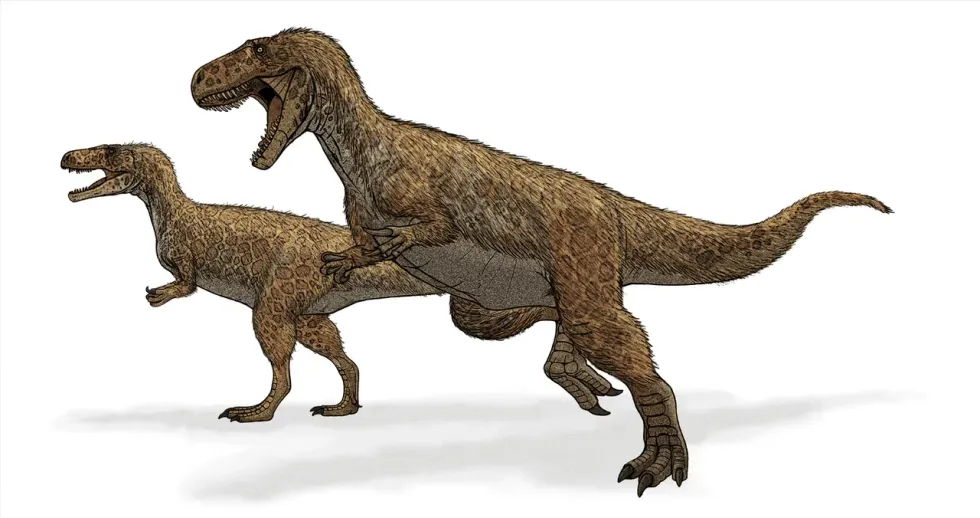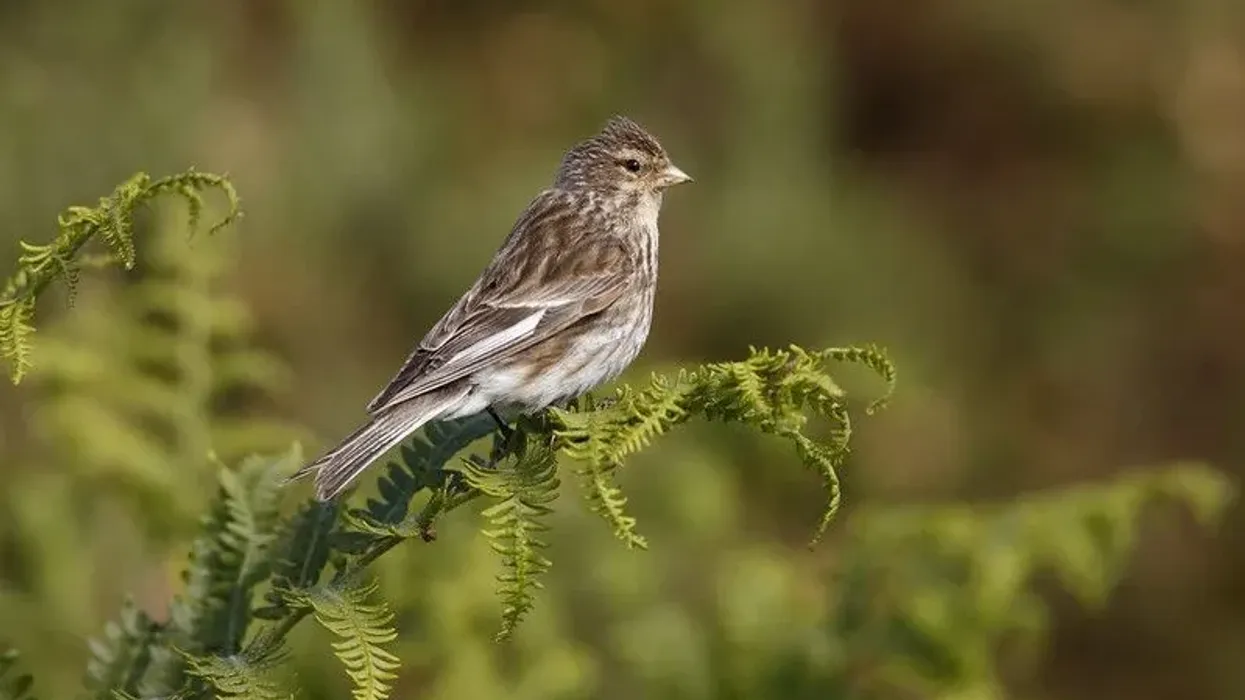There are 30 different species of wallabies in the world. The whiptail wallaby is one among the same family. The whiptail wallaby is known by its scientific name Macropus parryi.
They are predominantly seen in the Australian states, New South Wales and eastern coastal Queensland in savanna, grasslands, and mountains. They are classified as a Least Concern species by the International Union For Conservation Of Nature (IUCN). Although they are classified as a Least Concern species, they face a major threat from habitat loss.
The whiptail wallaby (Macropus parryi) is primarily a herbivore and feeds on grass available within its habitat range. The whiptail wallaby (Macropus parryi) is distinguished from other wallaby species by its distinct white cheeks and whitetail.
They are commonly called pretty-faced wallabies. They are sociable beings and usually stay together in mobs. The whiptail wallaby (Macropus parryi) is most active during the day and rests by night.
For more relatable content, check out fact files on wallaby and tree kangaroo.
Whiptail Wallaby Interesting Facts
What type of animal is a whiptail wallaby?
A pretty-faced whiptail wallaby is a type of mammal that belongs to the kingdom Animalia and order Diprotodontia.
What class of animal does a whiptail wallaby belong to?
The whiptail wallaby is a mammal that belongs to the class Mammalia, family Macropodidae, and genus Macropus.
How many whiptail wallabies are there in the world?
The pretty-faced whiptail wallaby exact population size is not evaluated. Brush wallabies and the red-necked wallaby are the most commonly seen wallabies in the world.
Where does a whiptail wallaby live?
A whiptail wallaby lives in savanna, grasslands, and mountains. They are seen in Australia, mainly in New South Wales and eastern coastal Queensland range.
What is a whiptail wallaby's habitat?
The whiptail wallaby habitat range constitutes savanna, grasslands, and mountains. These wallabies are found at a higher elevations to stay away from possible predators.
Who does the whiptail wallaby live with?
The pretty-faced whiptail wallaby lives together in mobs. They are usually seen together in mobs and often split into continually changing subgroups. The mobs constitute wallabies of all ages and sexes throughout the year.
How long does a whiptail wallaby live?
The average lifespan of the whiptail wallaby is estimated at 10 years. The pretty-faced wallaby lifespan depends on their diet and habitat. They are active during the morning and late afternoon and rest at night.
How do they reproduce?
The whiptail wallaby reaches sexual maturity at one to two years for females and two years for males. They reproduce sexually during the breeding season.
Post mating, the female gives birth to a single young after a gestation period of 34-38 days. The gestation period is when the young develop inside the mother's womb.
The juvenile is dependent on its mother and the mother nurses her young until they are 37 weeks old.
Most wallaby females remove the young from their pouch when they feel the young are ready to be independent however, in the case of a whiptail wallaby, the young leave their mother's protective pouch by themselves. The dominant male is little or not involved at all in raising the young.
What is their conservation status?
Whiptail wallabies or pretty-faced wallabies are classified as a Least Concern species according to the IUCN Red List of Threatened Species.
Whiptail Wallaby Fun Facts
What does the whiptail wallaby look like?
A whiptail wallaby is also called a pretty-faced wallaby. They are distinguished from other wallaby species by their distinct white cheeks and long tail. Their coat is light brownish to gray.
They have a white stripe on their hip and upper lip. They have an overall brown-colored body except for certain regions of their body like the forehead, ears, and the tip of their tail which is dark brown. The pretty-faced wallaby is small to medium-sized and a sociable being.
How cute are they?
The wallaby whiptail is an extremely cute and adorable species. They are sociable being.
However, they can be seen only in regions they are native to and in a mob throughout the year. Members of a mob stay together for some time and might split into subgroups of fewer members or in groups of up to 10 members as well.
How do they communicate?
Whiptail wallabies make use of tactile and chemical means to communicate. These wallabies also communicate via body language to other species of their own kind.
How big is a whiptail wallaby?
The whiptail wallaby is 84 in (213.4 cm) tall, which is six times bigger than a Tamar wallaby with a height of 17.7 in (45 cm).
How fast can a whiptail wallaby move?
A whiptail wallaby's exact speed is not known. Their primary means of moving from one place to another is by hopping. They run only in rare circumstances. These unique beings can crawl as well as swim.
How much does a whiptail wallaby weigh?
A whiptail wallaby weighs 15.4-57.3 lb (7-26 kg). They are predominantly herbivores and require a large amount of grass to meet their dietary requirements and sustain themselves.
What are the male and female names of the species?
Male wallabies are called boomers, bucks or jacks and females are called does, jills and flyers. The dominant male is normally larger in size. However, there are no records of sexual dimorphism recorded in this species.
What would you call a baby whiptail wallaby?
A baby whiptail wallaby is called a joey. The newborn is expected to weigh 0.04 oz (1 g) and is dependent on its mother until it becomes independent.
What do they eat?
A whiptail wallaby is primarily a herbivore. They feed on grasses, plants, and ferns during high temperatures. The whiptail wallaby feeds in the mornings or late afternoons during high temperatures within their habitat range, and during winter, they feed at all times of the day. Juveniles eat a similar diet as adults once they become independent.
Are they dangerous?
The whiptail wallaby is not dangerous. However, they are wild animals and are known to kick their predators out. It is best to observe them from a distance if you do see this species in the wild.
Would they make a good pet?
Yes, wallabies are kept as pets in some regions. They can be difficult to take care of in a small setting and require a lot of grass to forage on.
It's essential to research the legalities associated with having a whiptail wallaby as a pet. Wallabies are best observed in their natural habitat. You could consider other mammals for adoption like Chinese hamsters, ferrets, rabbits, or even reptiles like iguanas.
Did you know...
When born, undeveloped young wallabies are the size of a jelly bean.
The name wallaby comes from Dharug words, 'walabi' or 'waliba'.
What is the difference between a wallaby and a pademelon?
Wallaby and kangaroo are members of the same clan. However, they are different species. They can be primarily distinguished by their size. While kangaroos are compared with wallabies, another similar species is the pandemelon which is smaller than the wallaby with shorter, thicker tails and small ears. Both are herbivores.
Why is the whiptail wallaby endangered?
The whiptail wallaby is classified as a Least Concern species, however it faces a major threat from habitat loss. Due to rapid urbanization, they may be victims of car accidents and other fatalities.
Their exact population in Australia or their habitat range is not evaluated yet, but they are kept within protected areas. Almost 30 species of wallabies are found in Australia. There are no special conservation efforts initiated to protect them currently.
Here at Kidadl, we have carefully created lots of interesting family-friendly animal facts for everyone to discover! For more relatable content, check out these pademelon facts and red kangaroo facts for kids.
You can even occupy yourself at home by coloring in one of our free printable whiptail wallaby coloring pages.









